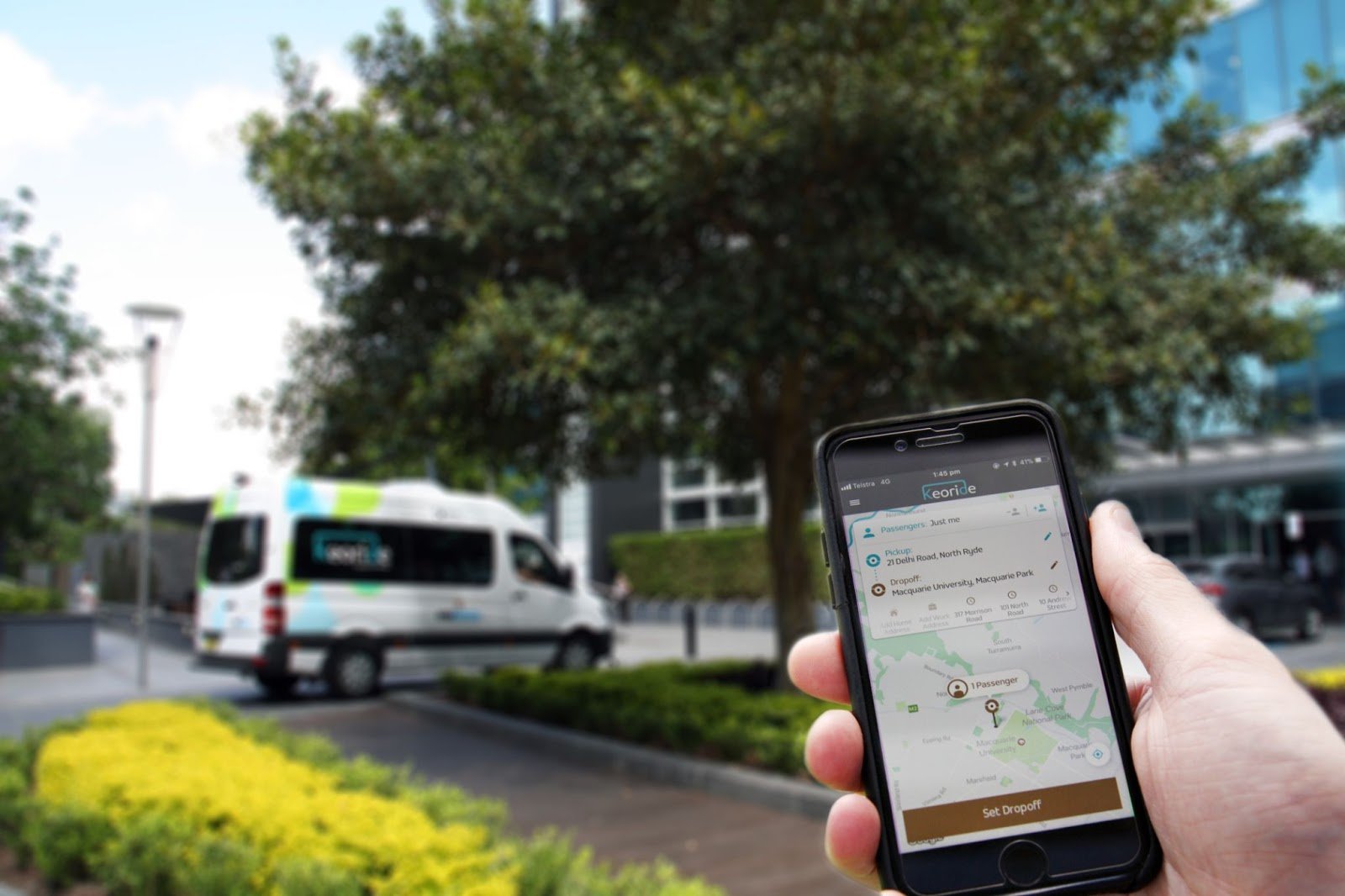Around the world, transit is integrating. But what does that mean exactly? For those deploying Integrated Mobility Solutions (IMS), it means all transit modes — whether fixed line, on-demand, paratransit, and/or non-emergency medical — are planned, coordinated, and operated with the goals of the transit authority in mind.
The approach allows communities to share resources like vehicles, drivers, dispatchers, and support centers between an array of transit services and is shown to increase ridership, improve the experience for riders, drivers, and dispatchers, and optimize network efficiency. And the best part? It’s completely customizable.
In a conversation co-hosted by Via and UITP, Via’s Eleanor Joseph sat down with three global transit leaders to discuss how their communities are developing newly-integrated networks, share memorable passenger stories, and offer advice for those looking to start integrating mobility in their own community. Speakers included:
- Caroline Rodriguez, General Manager, High Valley Transit, Utah
- Robert Williams, IT Supervisor / Software Administrator, Golden Empire Transit, California
- Scheherazade Zekri, Director New Mobility Services at Keolis Group, France
Rural resort towns need transit too.
“We are a rural community with urban issues,” says Caroline Rodriguez of Summit County, Utah. Though the area is home to just over 40K residents, its outdoor sports and nature attractions bring millions of visitors to local resorts. The main issue? Resort employees have found themselves priced out of the County in recent years, making transit an essential resource.
“Workers in the service economy are traveling in and out everyday on our two highway corridors. That’s the struggle we face and why transit is so important. We don’t want to put down more pavement; we just want to find ways to move people efficiently while maintaining our rural and resort way of life here in Utah.”
The Mountain West’s newest transit system recently launched the first stage of an IMS solution: the “Micro” on-demand transit service, with plans to launch paratransit, revamped fixed routes, and multimodal and intermodal integrations later this year. It’s a lot of progress for a transit team that had to conduct a full network analysis, design a new system, and launch in just eight months. “We wanted a firm that could move directly from the data analysis into the operations with no lag time,” said Rodriguez.
Going global with integrated mobility.
Via’s software platform is what enables Keolis Group to operate mobility services in 16 cities around the world. As Scheherazade Zekri notes, “When we have a [public transport authority] contract in France, all of the modes are included.

“When we deploy an on-demand service, we are trying to integrate as much as we can with the trip planner and other modes of transportation within the city.”
Keolis launched on-demand in the residential Northern Beaches area of Sydney, Australia, to transport residents both within their community and to mass transit that serves the city center. In Bordeaux, France, Keolis deployed on-demand to connect a suburban community to tram lines. And in the northwestern part of the country, Keolis integrates Via’s student transportation, paratransit, and on-demand solutions in the city of Quimper. “What is very important is to have these modes working together, with no competition between the different modes,” Zekri says.
Efficiency challenges in the Golden State.
Golden Empire Transit (GET) in Bakersfield, California — an agency that served about 6.2 million rides per year pre-COVID — was looking to increase their operational efficiency. “We are more of an urban area so we have a more traditional fixed route system,” Robert Williams says. Williams and his team ended up putting out an RFP for microtransit, demand-responsive paratransit, and non-emergency medical transportation (NEMT), with the hope that they might find a software provider able to support all three.
After conducting interviews with 10 different vendors, they selected Via in September 2020 and have since launched all three of their new and improved services on a singular platform. A unified, automated operating platform drives efficiency, streamlining agency resources required to support all service types. In the near future, GET looks forward to further integrating by commingling paratransit, NEMT, and microtransit riders in the same vehicles at the same time, and making both their microtransit and paratransit services available on one smartphone app.
The ROI of IMS.
Integrated mobility is the smartest way to plan transportation networks for the future. As Rodriguez says: "We are trying to do so much more with the limited budget and resources we have and that's what [IMS] does for an agency such as ours. It allows us to give more service to more people on more modes than we would if I were sitting behind the computer scheduling rides with my pencil and paper." On the topic of commingling, Rodriguez continues: “People have been talking about this for 20, 30 years, but this technology has made it a reality for us. While we may be great transit people, we’re not data analysts and we’re not algorithms! [IMS] has just put our ideas and concepts and our goals into reality.” At GET, Williams sees integrated mobility bringing efficiencies in customer service, marketing, finance, operations, training, and maintenance. “You know what’s best for your customers and you know what’s best for your community...use the tools that will help you achieve that goal.” And for Zekri, it all goes back to reducing single-occupancy vehicle travel. “The key words are more efficiency, flexibility, and better customer experience...the idea is to make the transport network more efficient and to fight what we call in Europe ‘autosolism’ — getting people out of individual cars and focusing on shared mobility as well.”
In the end, IMS and TransitTech as a whole is about equipping those with bold ideas with the best technology to accomplish their goals. As Rodriguez puts it: “My advice for all you transit providers out there is that you know what’s best for your customers and you know what’s best for your community. Never forget that, but use the tools that will help you achieve that goal. Take the plunge because the big risk pays off with big rewards and you’ll be able to do what you’ve always wanted to — times 50!”




